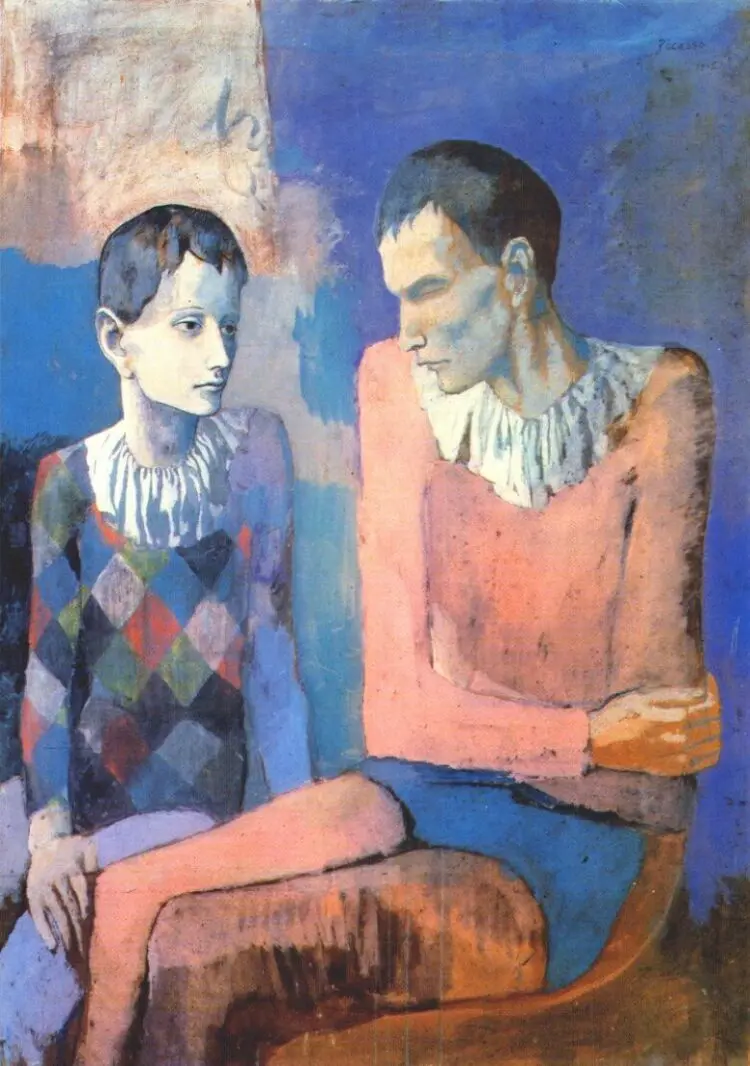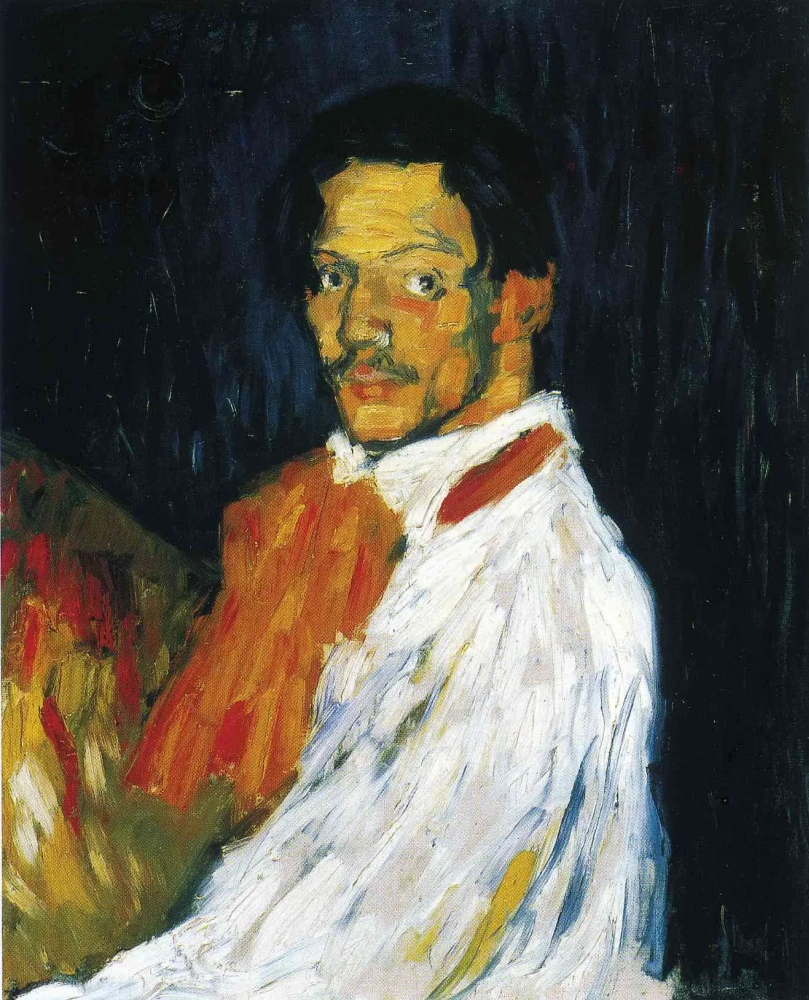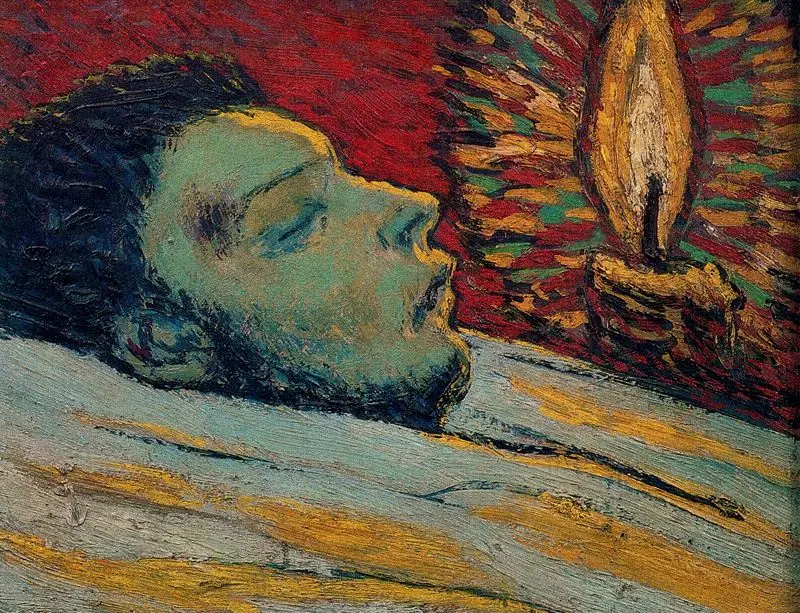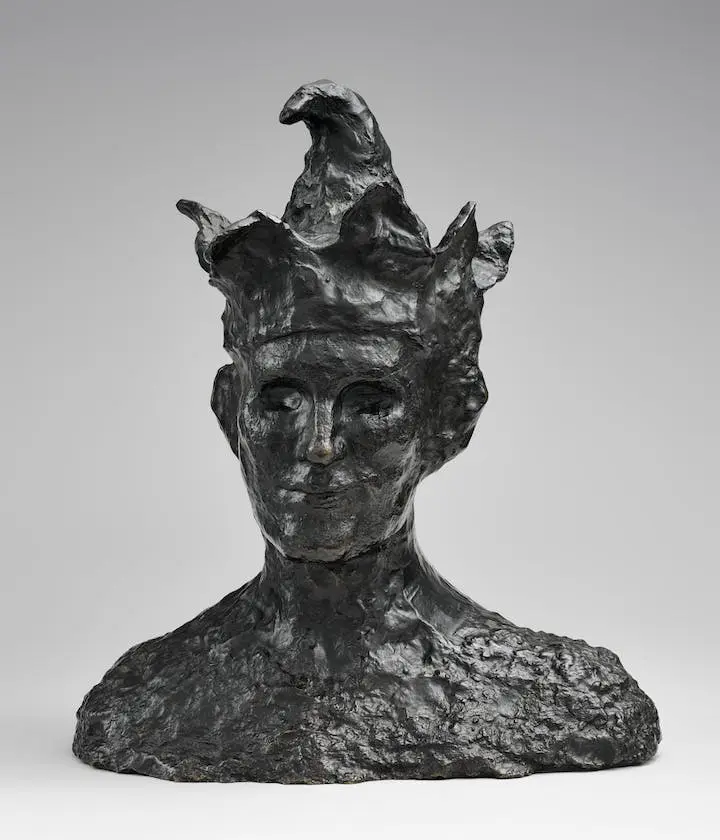Paris show to highlight 300 works of young Picasso. In an unprecedented large-scale collaboration between the Musée d’Orsay and the Musée National Picasso, the exhibition ‘Picasso Blue and Rose’ delves into a new interpretation of the years 1900-1906, a critical stage in the artist’s career.
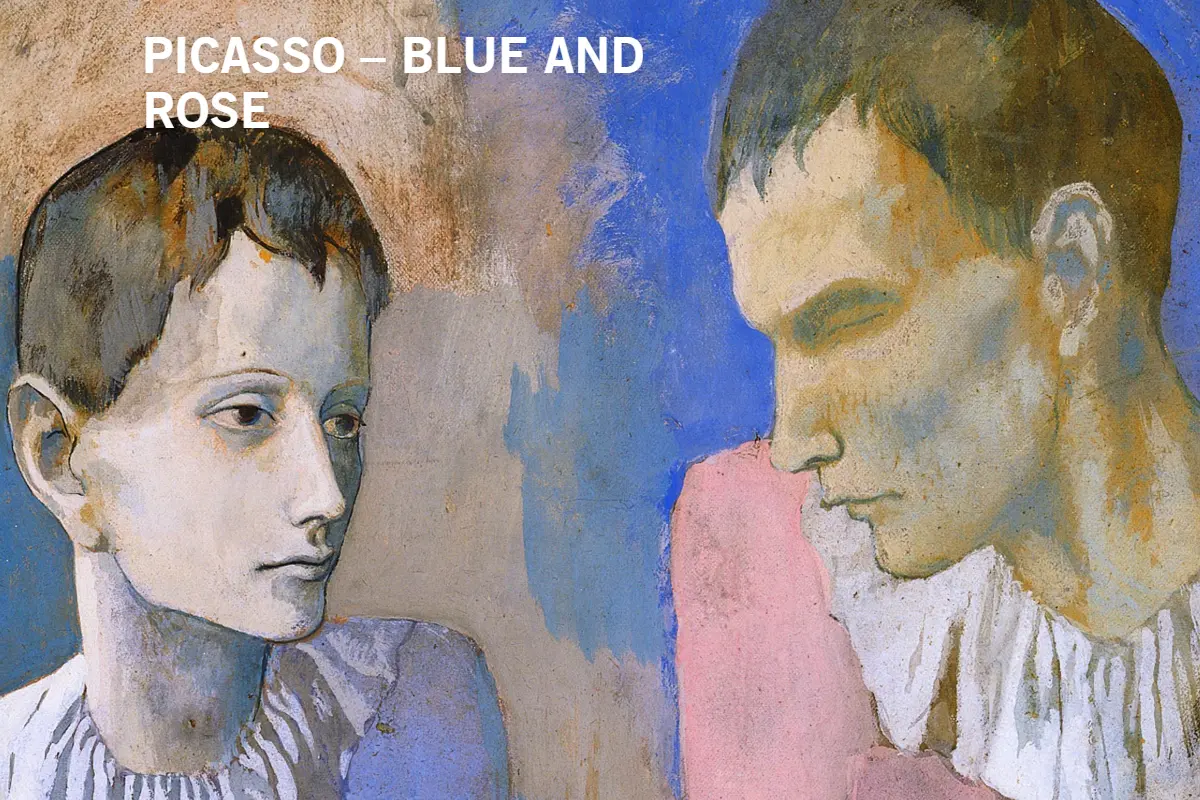
"The exhibition brings together masterpieces and offers a renewed reading of the years 1900-1906, essential period of the career of the artist who has never been treated as a whole by a French museum,” writes Musee d’Orsay. “This exhibition is the first large-scale collaboration between our two museums. It features masterpieces and proposes a new interpretation on the years 1900-1906, a critical period in the artist’s career which to date has not been covered in its entirety by a French museum.”
"We're going to discover Picasso at 18 to 25 years old, before cubism. It's all taking shape," said Stephanie Molins, a curator of the show.
"We're going to discover Picasso at 18 to 25 years old, before cubism. It's all taking shape," said Stephanie Molins, a curator of the show.
The show begins with the Blue period, marked by the artist's frequent travels between Paris and Barcelona, discovering the possibilities of avant-garde expression while still under the more classic influences of his father, an art teacher.
An early work includes "Yo Picasso" (I Picasso), a vivid self-portrait showing him confident at his easel.
An early work includes "Yo Picasso" (I Picasso), a vivid self-portrait showing him confident at his easel.
I Picasso (portrait of a man in a white shirt)
1901, 73.5×60.5 cm
In 1900, an 18-year-old Pablo Ruiz Picasso moved to Paris. The young prodigy created noted works; paintings that reflected his own developing style. Colors were of particular interest to Picasso at the beginning of his career; he studied, mixed and refined his palette, and was fixated with potent hues of blue and delicate tones of pink. Picasso’s pictures from this phase of creative ferment are some of the finest and most emotionally compelling examples of modern painting and are counted among the most valuable and sought-after works in the entire history of art.
In October 1900, he and his friend and fellow artist Carlos Casagemas took the train from Barcelona and moved into an atelier in the picturesque area of Montmartre. But just a few months later the paintings take on a markedly sombre tone. By the end of the year, Picasso was back in Spain, and within a couple of months, Casagemas was dead: He killed himself in a Paris cafe after a public squabble with his lover, a model who went by the name of Germaine.
Left: Pablo Picasso. Yo Picasso (I Picasso), 1901.
In October 1900, he and his friend and fellow artist Carlos Casagemas took the train from Barcelona and moved into an atelier in the picturesque area of Montmartre. But just a few months later the paintings take on a markedly sombre tone. By the end of the year, Picasso was back in Spain, and within a couple of months, Casagemas was dead: He killed himself in a Paris cafe after a public squabble with his lover, a model who went by the name of Germaine.
Left: Pablo Picasso. Yo Picasso (I Picasso), 1901.
Smrt Casagemasa
1901, 27×35 cm
The death of Casagemas was a terrible blow to the young Pablo, and is widely considered to be a trigger for his Blue Period. Picasso subsequently represented his friend’s death in a series of works that only became known to the public shortly before his own death. Examples of these works are in the exhibition.
Many of the Blue period works are nearly monochromatic depictions of poverty and old age as the recurring subjects, including prostitutes with a child languishing in a prison cell.
Yet starting in 1904, Picasso's paintings, if not carefree, begin exploring lighter subjects suffused with the muted yet warmer hues of the Rose period, while also hinting at the explorations with fragmentation to come.
Yet starting in 1904, Picasso's paintings, if not carefree, begin exploring lighter subjects suffused with the muted yet warmer hues of the Rose period, while also hinting at the explorations with fragmentation to come.
1.1. Pablo Picasso. La vie, 1903 (Blue period)
1.2. Pablo Picasso. Boy Leading a Horse, 1905-06 (Rose period)
“La Vie” from the Cleveland Museum of Art is considered a Blue Period masterpiece: the melancholy depiction of a naked Casagemas with young woman alongside a mother holding her baby. Another is “Boy Leading a Horse,” a Rose Period work now in the collection of the Museum of Modern Art in New York, and previously owned by Gertrude and Leo Stein.
1.2. Pablo Picasso. Boy Leading a Horse, 1905-06 (Rose period)
“La Vie” from the Cleveland Museum of Art is considered a Blue Period masterpiece: the melancholy depiction of a naked Casagemas with young woman alongside a mother holding her baby. Another is “Boy Leading a Horse,” a Rose Period work now in the collection of the Museum of Modern Art in New York, and previously owned by Gertrude and Leo Stein.
Dekle na žogi
1905, 147×95 cm
This exhibition includes 80 paintings, 150 drawings, 15 sculptures and 20 prints by the artist along with archives, photographs and correspondence. It is spread across 16 different sections and 1,500 square meters of space. Visitors can see Picasso’s art evolve from the dappled and wildly colorful canvases of his early Paris years (which owe a large debt to van Gogh and Toulouse-Lautrec), to the quasi-monochromatic visions of his Blue Period, to the pale-pink representations of circus figures and saltimbanques, or street performers, he frequented as a young man. Some of the artworks included are loans from the Picasso Museum in Paris, of course, but others are from museums and collections in the United States, Europe and Japan.
French President Emmanuel Macron visits the "Picasso: Bleu et Rose" exhibition with his wife Brigitte at the Musee d'Orsay in Paris, France.
AFP CHARLES PLATIAU
Picasso’s Blue and Rose periods are an unquestionable hit with the public and collectors alike. Yet oddly enough, an exhibition on those two brief periods is a first time in Paris. The two preceding shows on the subject were at the Kunstmuseum in Bern in 1984, and at the National Gallery of Art in Washington in 1997; each included around 200 works, of which some 90 were paintings, said Stephanie Molins, an adviser to the Picasso Museum’s president, Laurent Le Bon (who co-curated the exhibition). The Bern and Washington museums both have works from those periods in their collections, she said.
The Picasso of the Rose and Blue periods was “for a long time considered a proto-Picasso who hadn’t yet become the Picasso of the Cubist period. It was as if Picasso only started with Cubism,” Bernardi said.
Девушка в сорочке
1905, 72.7×60 cm
The exhibition shows the evolution from the Blue to the Rose period that was progressive, not abrupt. It was a time when Picasso was very much under the influence of 19th-century painting, and was only just developing his own signature style. In that respect, it’s no coincidence that the exhibition was put on at the Musee d’Orsay, which houses mainly Impressionist and post-Impressionist works: the aim is “to demonstrate that Picasso was also a child of the 19th century,” said Bernardi. “At that point in time, he is looking at the very paintings that are now on display in the galleries of the Musee d’Orsay.”
Visitors also discover that the Blue and Rose periods got their labels not from the artist himself, but from art historians analyzing his work years later. According to the biographer John Richardson, Picasso actually disliked having his works categorized in that way, and referred to the so-called Blue Period as “nothing but sentiment.”
Visitors also discover that the Blue and Rose periods got their labels not from the artist himself, but from art historians analyzing his work years later. According to the biographer John Richardson, Picasso actually disliked having his works categorized in that way, and referred to the so-called Blue Period as “nothing but sentiment.”
The exhibition will run through January 6 at the Musée d’Orsay.
Le Fou
1905
Pablo Picasso’s works have an everlasting appeal. His works are highly sought after by both seasoned and young collectors at auctions and private sales. Every year, we see so many Picasso shows being held around the world with record numbers of visitors.
Later on, the Fondation Beyeler outside of Basel will present a modified form of the exhibition — its focus beginning in 1901, with the start of the Blue Period, and bearing the title “The Early Picasso. Blue and Rose Period” — from February 3 to May 26, 2019.
Later on, the Fondation Beyeler outside of Basel will present a modified form of the exhibition — its focus beginning in 1901, with the start of the Blue Period, and bearing the title “The Early Picasso. Blue and Rose Period” — from February 3 to May 26, 2019.
Based on materials from Museé d'Orsay, The Times.
Title illustration: Pablo Picasso. Acrobat and young harlequin (detail), 1905


